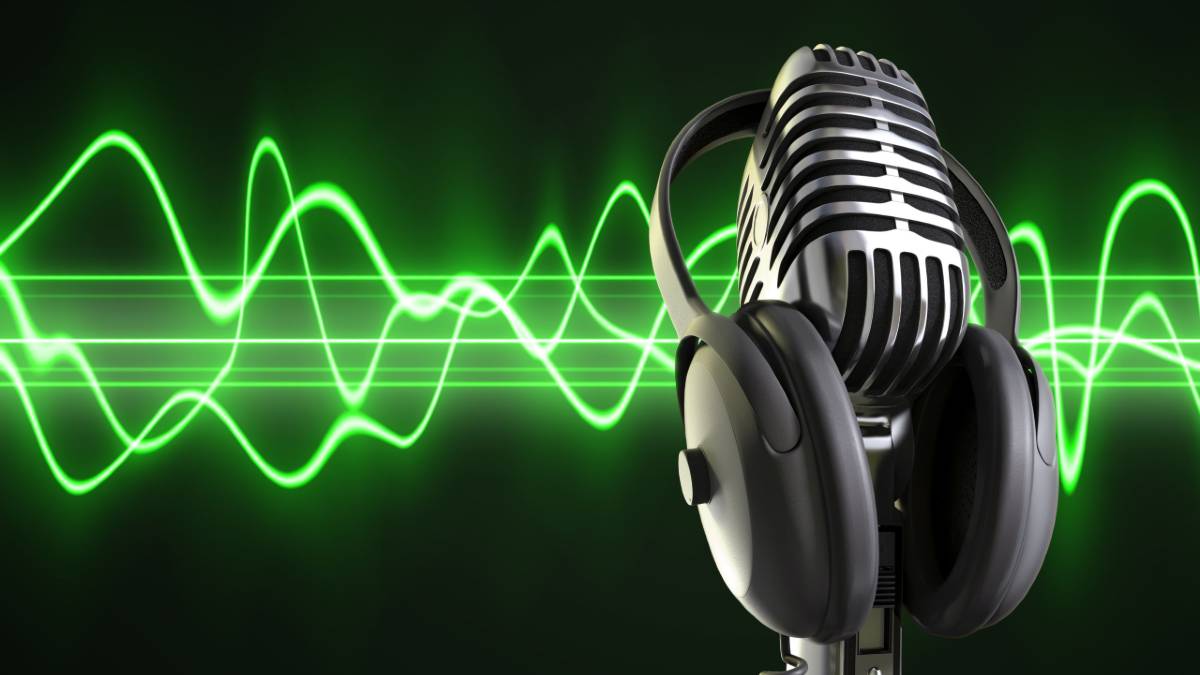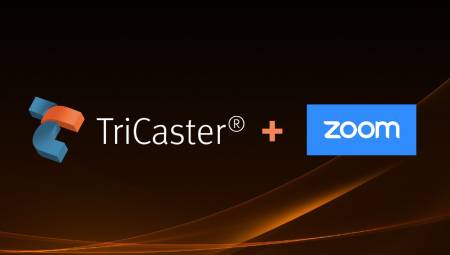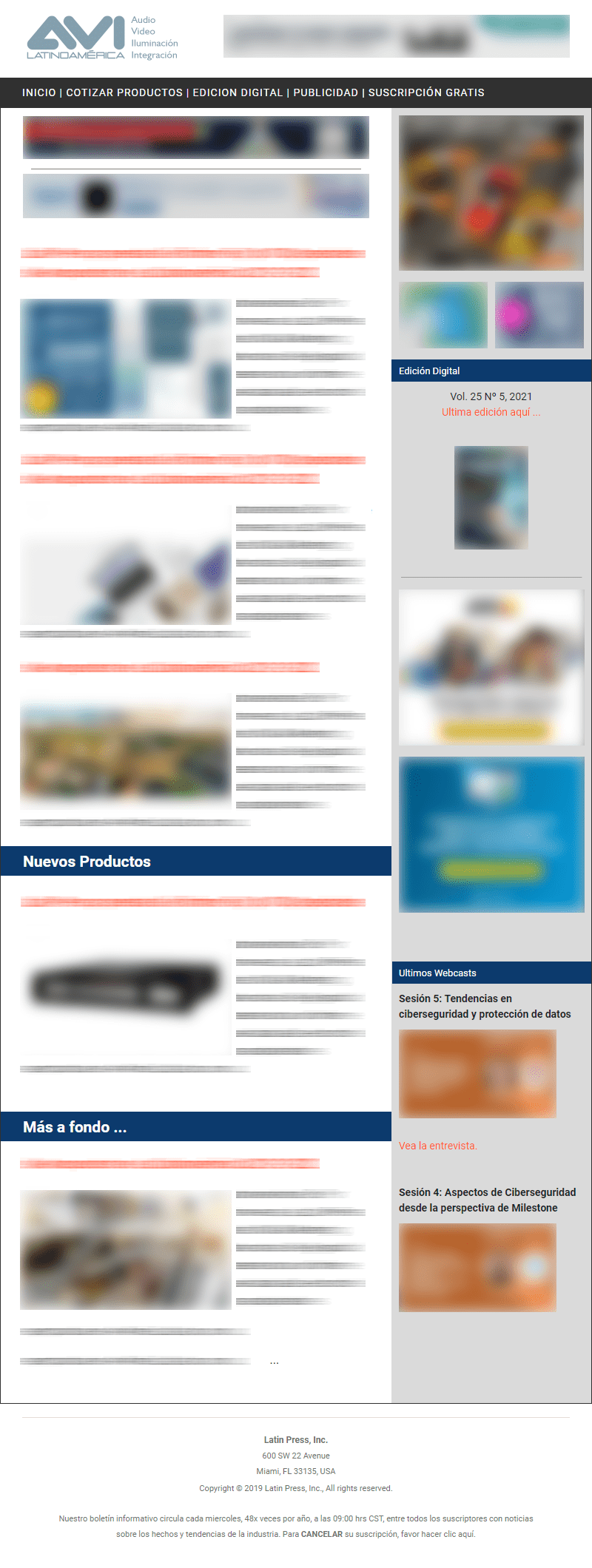Also known in the industry as Beam Steering, it is an alternative concept of audio system design.
Diego Cárdenas*
In the context of modern audio systems and their multiple applications, there is a high level of demand from users, audio professionals (and also the audience) on their efficiency and acoustic performance.
The concept of Variable Acoustic Directivity (known in the industry as Beam Steering) has taken a solid position within the professional audio market. In this article we will take a brief look at its theoretical principles and technical applications.
Design considerations
Sound has a tendency to propagate spherically. However, within the design of loudspeakers or loudspeakers, directivity must be considered to be a parameter that is frequency-dependent. By considering directivity variation as a crucial factor when designing an audio solution, we are sailing in the right direction to obtain consistent coverage.
Despite this, point sources may be sufficient to design distributed audio solutions and even some low-volume venues, but they will not be appropriate as a PA system solution in venues with sizable audience areas. We need to send sound energy exactly where we need it, even over long distances, and with the same consistency of pressure and intelligibility. This is where the concept of the line array comes in handy.
Line Arrays
Understanding the technical principles of modern audio technologies (such as Variable Acoustic Directivity) will allow us to understand the nature and added value of their implementation in audiovisual projects. For this, we are going to start from the concept of the line array.
By creating an arrangement of sound sources in a vertical array, where the sources are close enough to each other, we will begin to observe that off-axis and summation acoustic cancellations occur in the overlapping area of their respective sound fields.
As we add more sources to this array, these acoustic phenomena intensify, so we can conclude that the efficiency of this array of sound sources increases in proportion to its length.
This concept led audio system researchers and developers to create the line array systems that have been present in our industry for almost half a century, from their implementation in indoor spaces to applications in outdoor concerts and large show productions. By forming linear arrays (even with physical curvature) it was possible to develop systems that can propagate sound homogeneously over considerable areas and distances.
Beam Steering Concept
Despite having a high-efficiency solution in terms of coverage and sound pressure, the operation of line array systems takes the natural acoustic behavior caused by these configurations to deliver the desired performance. But what if we had the ability to modify acoustic directivity with a higher level of detail?
Thanks to advanced digital processing (DSP) techniques, a combination of time delays and gains that create these strategically calculated acoustic sums and cancellations, it is possible to predict and manipulate the addressing and opening angle of sound propagation in linear systems. In this alternative concept, each component of the array has amplification and individual processing parameters, which allows for higher data resolution and consequently greater accuracy.
Acoustic Directivity allows sound to be directed to specific audience areas without the need for any physical tilt or mechanical modification. Manipulating the propagation of sound energy offers us a great advantage from an acoustic point of view, since we will obtain the maximum level of performance and intelligibility by reducing the influence of the architectural conditions of the room.
A highly directive system will avoid sending energy to surfaces and areas that are not part of the audience areas, and therefore there will not be an excessive accumulation of this acoustic energy (reverberation). When this phenomenon occurs, the direct field of the system increases and therefore the level of intelligibility.
Needs vs. Solutions
The demands of users when implementing an audio system (in closed spaces or open spaces) and where it is vital to have the advice of a professional specialist in the field, focuses on some basic requirements, among which the following always stand out: Homogeneous Coverage, Sound Pressure Level of the System and Intelligibility.
The different shortcomings that occur in these parameters must (or at least this is the expectation) be the basis of the design of the system. Under design criteria, systems with Variable Acoustic Directivity allow to reduce the impact of the architectural conditions of the room on its performance. In most cases, these conditions are usually adverse and the feasibility of implementing acoustic conditioning is low.
At this point lies an important added value of this technology, since the audio system can be adapted to the room according to multiple variables and with a high level of precision, which is also possible with traditional line arrays but with a much smaller margin of maneuver.
The differentiating factors of Variable Acoustic Directivity versus traditional systems can be assessed subjectively in the presence of a system, or they can be quantified under advanced acoustic measurement techniques to evaluate its performance.
Technology trends and the future of audio systems.
Over the past few years, our industry has undergone significant (and at an accelerating pace) changes in the way and processes used to design high-impact audio systems in new fields and applications.
Our responsibility as industry professionals is to provide our clients with the possibility of implementing these new technologies in their projects under the highest quality standards and considering their needs and requirements. As always, the invitation is to explore new learning horizons and adopt these changes at the pace of their day-to-day progress.
*Diego Cárdenas is a Consultant Specialized in Professional Audio and founder of Aeris Group. You can contact him through [email protected]
















